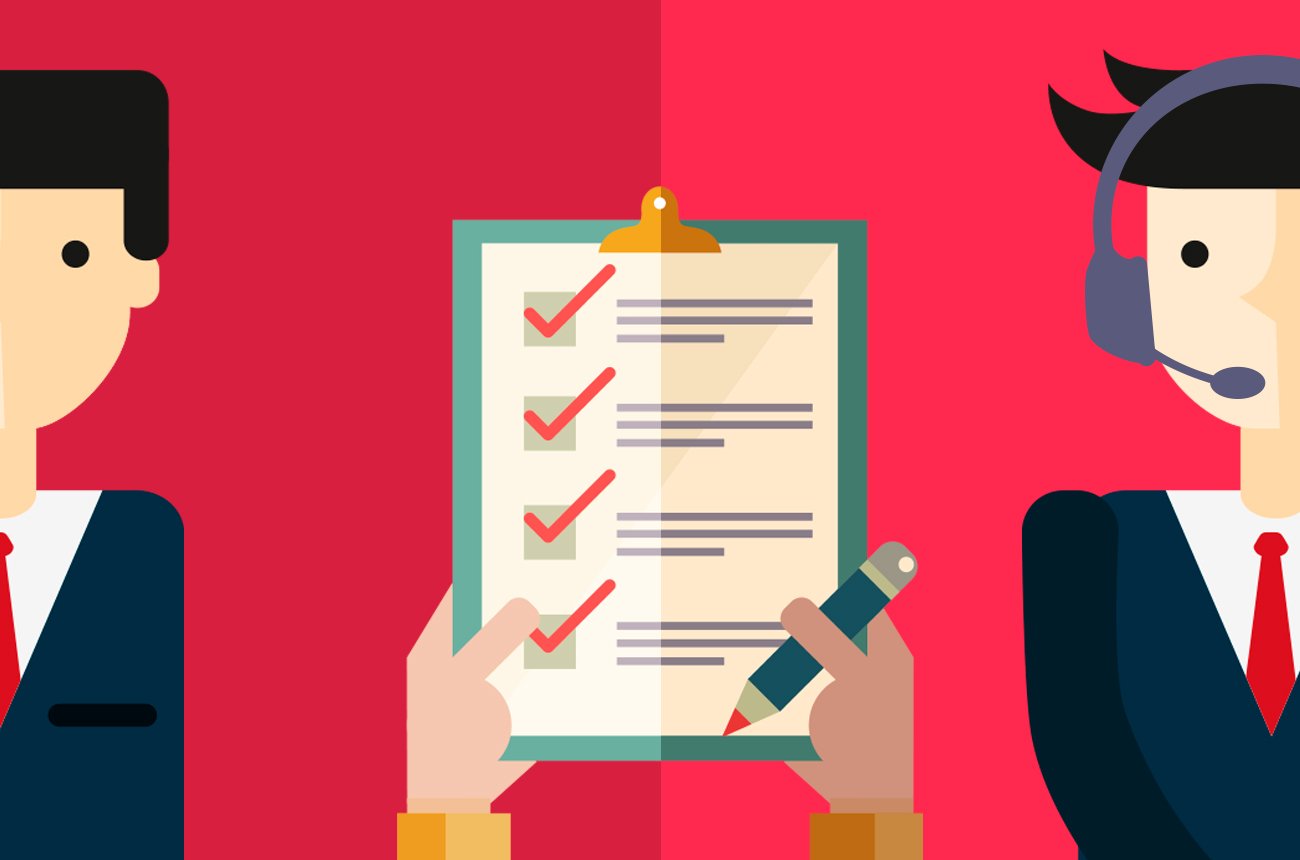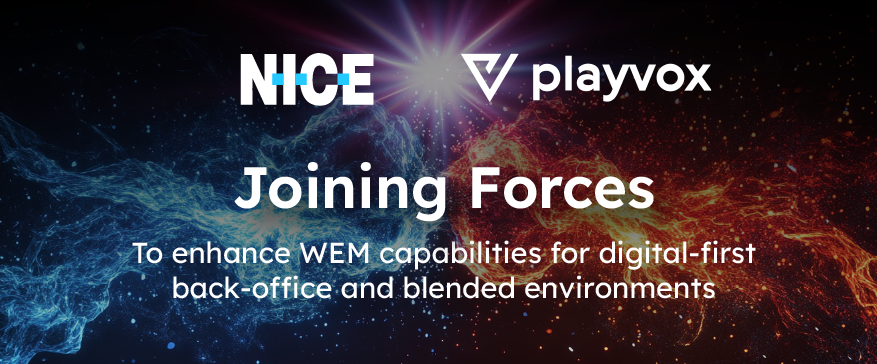How to Evaluate and Improve Your Service Agents’ Performance
Customer satisfaction is paramount for any successful brand. Even the biggest global companies are guilty of underestimating the value of a positive customer experience (CX) from time to time.
For example, we all know a certain major airline got itself into some pretty hot water when it dragged a passenger from an overbooked flight, not to mention a few other incidents of questionable service. The way in which the company handled the resulting backlash raised several eyebrows too.
It’s vital to treat consumers well, no matter the circumstances, and a core element of outstanding CX is hiring the right people.
But it doesn’t end there: ongoing evaluation and training cultivate customer service of the highest quality.
In this post, we take a look at valuable methods to evaluate and improve your customer service agents’ performance as part of an effective quality assurance program.
Measuring Performance with Critical KPIs
Evaluating agents’ work well demands a strategic approach. It’s not enough to just peek over their shoulder from time to time: you have to operate a comprehensive QA process based on careful analysis.
There are certain Key Performance Indicators (KPIs) to focus on. These will help you develop an extensive overview of employees’ skills and grasp of good CX.
Some of the most effective KPIs to measure include:
- Customer greeting (because first impressions count)
- First call resolution (solving the customer’s issue ASAP)
- Length of the interaction (across calls and live chat)
- Agents’ knowledge of products and services (any gaps should be filled)
- Employee’s tone (they should be sympathetic and friendly)
- Number of calls answered in certain timeframes (such as per hour)
- Customer satisfaction after interaction (usually rated numerically)
These are just a few examples of important KPIs to measure, though there are others to consider. You can use scorecards to track agents’ performance during interactions, and the best QA software empowers you with the capabilities to actually create custom scorecards featuring your own metrics.
This is ideal for measuring work according to the values, methods and practices that suit your brand best. You can adapt them over time to reflect changes in company policies or to align with customer expectations (based on their feedback).
Take the time to get your KPIs right early on in the process. Evaluating performance across live chat and calls (using call recordings and chat transcripts) provides you with a wealth of actionable data.
You’ll see where agents are failing to resolve customer problems, missing upselling opportunities, going off-script, not engaging consumers and generally leaving consumers unsatisfied.
The worth of this latter point cannot be underestimated: as this infographic shows, 86 percent of consumers have stopped doing business with a brand due to a bad experience.
All of this forms a comprehensive overview of your customer service team — but what do you do with this information?
Taking Corrective Action to Improve Service
Identifying flaws in your agents’ customer service takes time and effort. Your QA analysts, managers and team leaders will all play a role in exploring faults before developing a way forward.
Let’s take a closer look at this process.
Identifying Strengths
First, it’s essential to avoid your quality assurance becoming bogged down by negativity.
Your customer service agents will do some things right, and this is sure to vary from one individual to another. For example, one member of your team could have a remarkable flair for engaging customers and keeping them calm while discussing their issues, but needs to increase their productivity.
Others will be better at first-call resolution, or handling complaints. The important thing is to focus on strengths and examine what other agents can learn from them. Can the language and tone certain employees utilize be integrated into training in the future?
Over time, staff will start to realize what the essence of being a call center agent is all about.
Providing Feedback
Delivering feedback to agents is an ongoing aspect of an effective quality assurance program, but it has to be done right.
Managers, QA analysts and team leaders must be careful to make feedback sessions constructive. When critiquing service, use evidence (call recordings, live chat transcripts, customer satisfaction scores, surveys etc.) to support your argument.
Get the agent to assess their own performance and come up with ways they can improve. Make feedback a collaborative effort that motivates the employee, rather than frustrating them or diminishing their sense of self-worth.
Take Advantage of Coaching
QA analysts can leverage data gathered during call monitoring etc. to develop a coaching strategy that gets to the essence of being a call center agent.
Good coaching revolves around engaging the customer service agent and helping them grow. It’s slightly different from training, as it’s on a more personal level.
Unique goals and milestones should be established, giving agents a tailored framework in which to work. Progress and development can be tracked easily, to gauge how effective the coaching is.
Cutting-edge QA software offers user-friendly coaching tools to help streamline this process, allowing analysts, team leaders and managers to initiate coaching in mere moments.
Use Targeted Training
Alongside coaching, targeted training must be used in quality assurance. You may have spotted gaps in knowledge, poor handling of software / tools and a lack of engagement when evaluating customer service agents’ performance.
Targeted training has a tight focus to highlight key issues specific to every employee. This ensures the training is relevant with clear benefits, as opposed to more generic sessions imposed upon all workers at the same time.
Wasted time and resources are reduced significantly. Again, evidence and data gathered through quality assurance should be incorporated into training to show agents why education is so important to essence of being a call center agent.
Everyone Has a Part to Play
Though we’ve referred to senior members of staff getting involved throughout this post, let’s reiterate: quality assurance cannot be between QA analysts and service agents only. Managers and team leaders should be involved from the start of the process.
They must help to structure and strategize the QA program. Agents must be made aware of the quality assurance, monitoring etc., so they know its aims and goals. Management and team leaders need to keep track of training, changes in working methods / policies and everything else.
Otherwise, quality assurance may become confused and disjointed. Everyone in your call center should have access to the same QA software, to stay connected to the program and gain access to all relevant information.
Conclusion
Evaluating your customer service agents’ performance should be an ongoing endeavor. By measuring interactions by focusing on KPIs, you’ll gain a powerful insight into the way in which agents work, how they represent the brand and customers’ overall satisfaction rate.
The tips explored above provide you with valuable information with which to start quality assurance in your call center. Even the best QA program isn’t a quick fix, but with time and patience, your agents will keep growing.
What do you think about evaluating agents’ performance, and what metrics have you relied on in the past? Do you have any other tips and tricks to make the quality assurance process smoother? Let us know!







